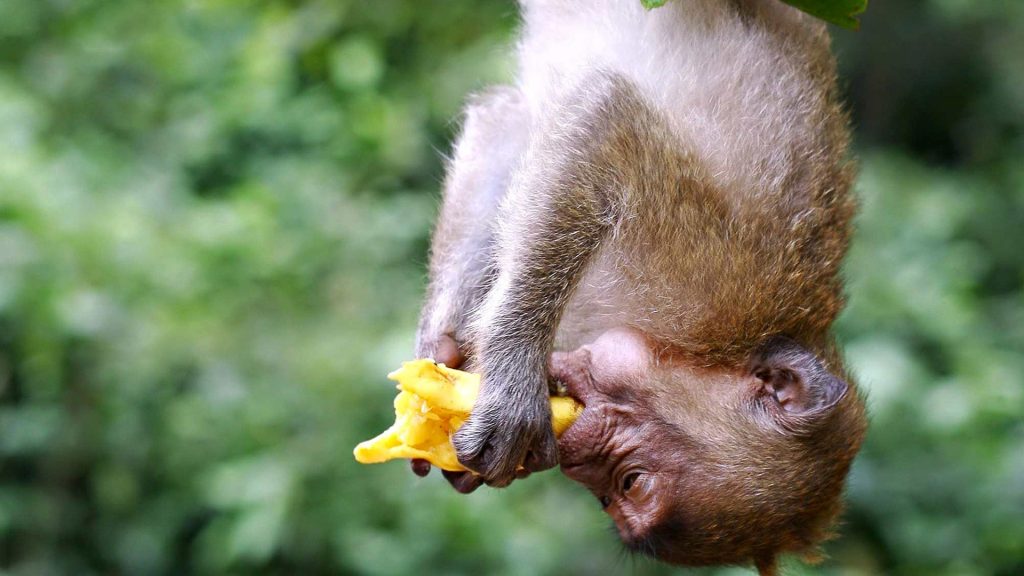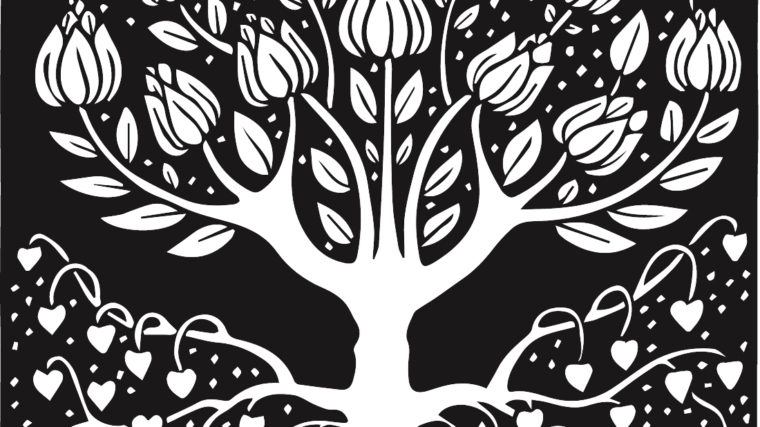Blue Cliff Record, Case 15
In a previous talk I spoke about Case 14 of the Blue Cliff Record. I will focus on Case 15 in this talk. I will use both the translations of Thomas Cleary and J. C. Cleary, The Blue Cliff Record, as well as Katsuki Sekida, in his book Two Zen Classics Mumonkan & Hekiganroku.
I am going to follow an outline of study that I sometimes use to work with koans. The outline has seven sections.
- The Case. This is what would be quoted in daisan.
- Analysis and understanding.
- Key Word
- Rewrite of the case in my own words
- Teaching of the case
- A poem that presents or expresses my understanding of the teaching of the case.
- The Presentation in daisan.
The Case
(Cleary translation)
A monk asked Yun Men, “When it’s not the present intellect, and it’s not the present phenomena, what is it?”
Yun Men said, “An upside-down statement.”
(Sekida translation)
A monk asked Ummon, “What is it when no thought is stirring and nothing presents itself?”
Unman said, “No preaching on Oneness.”
Analysis and understanding
The punch-lines of both translations of this koan are: “No preaching on Oneness,” and “an upside-down event,” leads me to my own rendition: Yunmen’s answer and meaning is “ass-backwards.”
So the Key Word of this koan is “Ass-backwards.”
An ass-backwards situation is a state of disorder, confusion, chaos; with the ass in front rather than behind (pardon the pun), the top down and the bottom up; upside-down. The question, as usual in koan study is whether the response of the Master is a response to the question or a comment about the questioner. Is the answer to the monk’s question contained in the response “ass-backwards?” Or, is the response a description of the monk and his question, as well as an answer to the question? What is ass-backwards about the monk’s question? What is ass-backwards in this koan? Confused, bottom up, upside down? When I think in these terms I am reminded of several other cases and stories. The first is in the koan “Nan-ch’uan Kills the Cat,” case 14 of the Wumenkuan. I am thinking of Chao-chou’s response to Nan-ch’uan’s recounting of the events of that day which resulted in the killing of the cat. Not saying a word, Chao-chou removes the sandals from his feet, places them on his head and leaves the room. Ass-backwards. Placing that which belongs on the feet on the head. I think this act of Chao-chou screams that everything about the situation between the monks of the eastern and western halls, as well as Nan-ch’uan himself, was crazy, in a state of disorder, chaos, confusion, topsy-turvy, ass-backwards.
There’s the famous story in the Shurangama Sutra of Yajñadatta. Yajñadatta was a very vain man, a prince. He was always looking at himself in a mirror. He had mirrors in every room of his castle. And he had an irresistible need to look into one to see himself whenever he saw a mirror. Probably, somebody who was fed up with Yajñadatta decided to play a trick on him, and had all the mirrors painted black so that they did not reflect. Next morning when Yajñadatta woke up and as usual, first thing, he went to the mirror near his bed. He looked and saw nothing. There was no reflection. There was no head. This startled him. So he raced to another room to another mirror. No head there! He went from room to room, mirror to mirror. In each mirror there was no head. He became frantic. Crazed. He believed he lost his head. He wailed and screamed like a madman that he had lost his head. Finally his servants grabbed him and tied him to a post. Then one of them slapped Yajñadatta on the face. And Yajñadatta realized that he still had a head. He never lost it.
Then the great encounter in Canto twenty-eight of the Inferno of Dante. Gustave Doré made a most moving etching of this scene between Dante and Bertrand de Born, who stood on a hilltop holding his head in his hand, waving it like a lantern and speaking of his painful suffering through the lips of his detached head. Bertrand de Born created discord between members of the same family. He turned son against father, separating them. For this, his own head was severed from his body in Hell.
The headless theme, reminds me of the famous Legend of Sleepy Hollow by Washington Irving. Ichabod Crane, the schoolteacher is pursued by a headless horseman, who sees, and is able to unerringly ride his horse in the night, chasing Ichabod, and scaring the hell out of him.
Jesus says he came not to bring peace but a sword. That he’s come to set a man against his father, a daughter against her mother, a daughter-in-law against her mother-in-law. And that one’s enemies would be members of one’s own household. In other sections Jesus speaks of those who have eyes and do not see and ears and do not hear. And he speak of slaves ruling their masters, and of the last being first and the first being last.
When we find similar themes in very different traditions we realize we are dealing with an archetype. And in this koan it’s clear to me that we are dealing with the archetypes of reversal and displacement. What is the great displacement in this koan? What is the great reversal in this koan? What is ass-backwards?
Let’s look again as the monk’s question. If it’s not the present intellect, mind, dharma, form, emptiness, relative, absolute—what is it?
What is it? It is a metaphor for the present intellect, mind, dharma, form, emptiness, relative, absolute, no thought stirring, and nothing presenting itself. And the monk is claiming that It is none of these things. So what’s left? What is left when all else is stripped away? Everything, including the dualism of form and emptiness, relative and absolute, mind and dharma. Everything needs to go. Everything needs to be stripped away in order to find It. And then what does one find?
When we get to this point we step into the heart of the unknown abyss of the koan. Now we leave behind our explications, our analysis, our metaphors, our relatives and absolutes, comparisons, and intellectual understanding. Now we step into the archetype to experience the reversal and displacement of the koan.
Rewrite
- A monk asked Yun-men, “If it’s not mind or dharma, what is it?”
Yun-men said, “Ass-backwards.”
- A monk asked Yun-men, “If it’s not form or emptiness, then what is it?”
Yun-men said, “Ass-backwards.”
- A monk asked Yun-men, “If it’s not relative or absolute, then what is it?”
Yun-men said, “Ass-backwards.”
Teaching
Clear our beings of all concepts: mind, dharma, form, emptiness, relative, absolute, thoughts, intellect, phenomena-everything.
That’s It!
That’s It?
What’s That?
What’s It?
Two Poems
No place to go
No place to leave
No place to hide
No place
No
Something
Take away nothing
Equals something
Something
Take away something
Equals nothing
Nothing
Take away something
Equals
Ass-backwards
Nothing
Take away nothing
Presentation.
Now that we have explored this koan, how would you present it in daisan?
***
A monk asked Yun Men, “When it’s not the present intellect, and it’s not the present phenomena, what is it?”
Yun Men said, “An upside-down statement.”
***
A monk asked Ummon, “What is it when no thought is stirring and nothing presents itself?”
Unman said, “No preaching on Oneness.”



